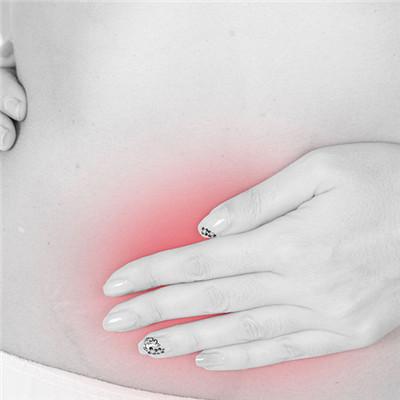What are the causes of vitiligo in children
summary
When I bathed my child, I found some white spots on his body, and the surface was smooth. I took him to the dermatology department and the doctor said it was vitiligo. There were many reasons for the disease. Next, I will tell you what are the causes of vitiligo in children?
What are the causes of vitiligo in children
First: vitiligo can appear in twins and families, indicating that heredity plays an important role in the pathogenesis of vitiligo. Studies have shown that vitiligo has incomplete penetrance and multiple pathogenic loci. According to the theory of spirit and neurochemistry, mental factors are closely related to the onset of vitiligo. Most patients have mental trauma, excessive tension, depression or depression at the onset or skin lesion development stage. The degeneration of nerve endings in leukoplakia also supports the neurochemical theory.
Second: vitiligo can be combined with autoimmune diseases, such as thyroid disease, diabetes, chronic adrenal insufficiency, pernicious anemia, rheumatoid arthritis, malignant melanoma and so on. The specific antibodies of various organs can also be detected in serum, such as anti thyroid antibody, anti gastric parietal cell antibody, anti adrenal antibody, anti parathyroid antibody, anti smooth muscle antibody, anti melanocyte antibody, etc.
Third: melanocyte self destruction theory, vitiligo patients can produce antibodies and T lymphocytes, indicating that the immune response may lead to the destruction of melanocytes. The precursor of toxic melanin synthesized by cells themselves and some chemical substances that cause skin discoloration may also selectively destroy melanocytes.
matters needing attention
The causes of different patients are different, some are due to genetic reasons, and some are due to the lack of certain elements. After the child got vitiligo, we must pay attention to personal hygiene and eating habits, and properly use some plaster with small skin irritation to control the development of the disease.













